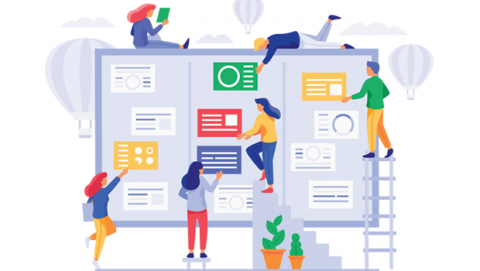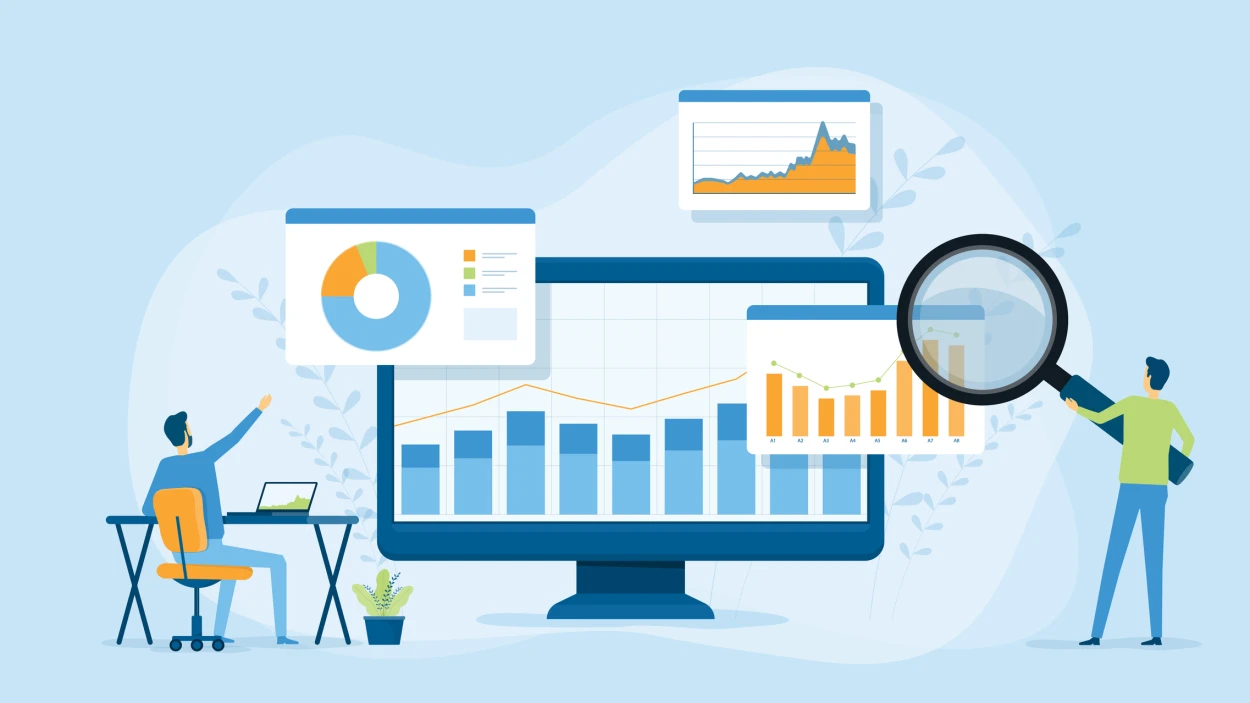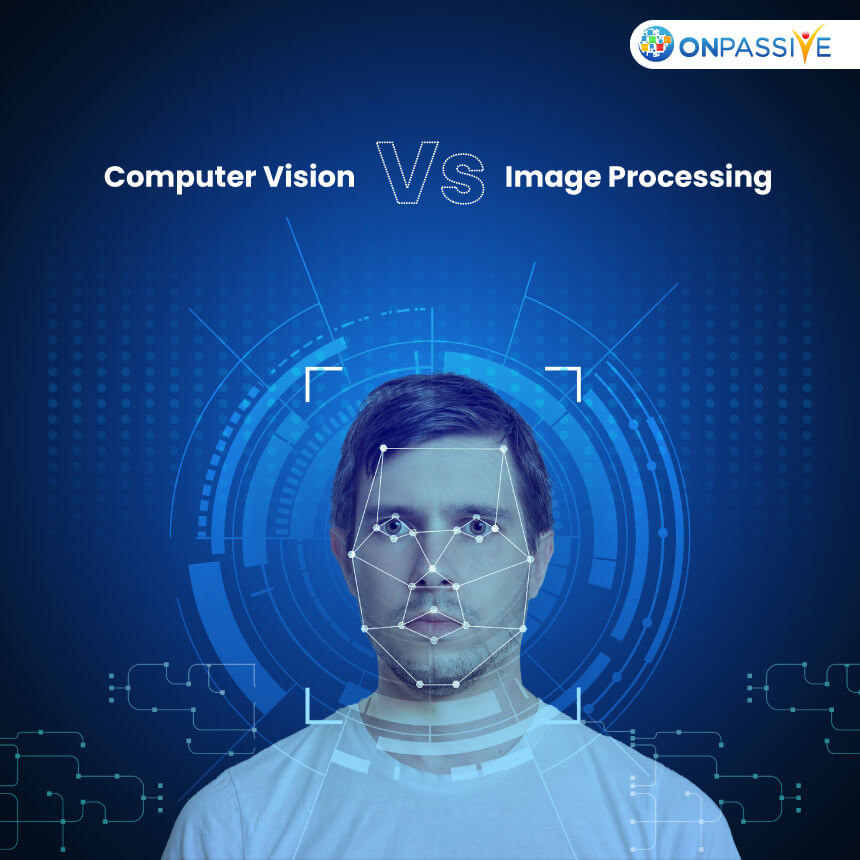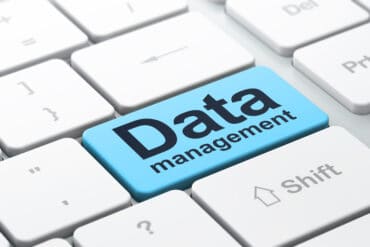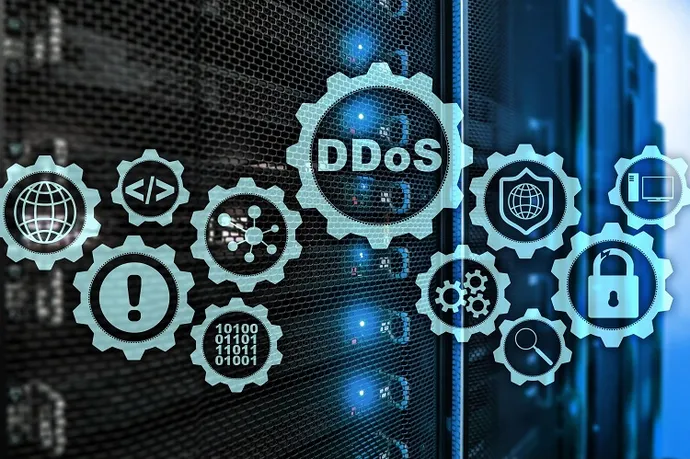Beyond “Agree to Disagree”: Why Leaders Need to Foster a Culture of Productive Disagreement and Debate

The business imperative of nurturing a culture of productive disagreement is
clear. The good news is that senior leaders can play a highly influential role
in this regard. By integrating the concepts of openness and healthy debate into
their own and their organization’s language they can institutionalize new norms.
Their actions can help to further reset the rules of engagement by serving as a
model for employees to follow. ... Leaders should incorporate the concept of
productive debate into corporate value statements and the way they address
colleagues, employees, and shareholders. Michelin, for example, built debate
into its value statement. One of its organizational values is “respect for
facts,” which it describes as follows: “We utilize facts to learn, honestly
challenge our beliefs….” Another company that espouses debate as value is
Bridgewater. Founder Ray Dalio ingrained principles and subprinciples such as
“be radically open-minded” and “appreciate the art of thoughtful disagreement”
in the investment management company’s culture.
Using technology to power the future of banking
Because I believe that anyone that wants to be a CIO or a CTO, particularly in
the way that the industry is progressing, you need to understand technology. So,
staying close to the technology and curious and wanting to solve those problems
has helped me. But there's another part to it, too. In every one of my roles,
there have been times when I've seen something that wasn't necessarily working
and I had ideas and wanted to help, but it might’ve been outside of my
responsibility. I've always leaned in to help, even though I knew that it was
going to help someone else in the organization, because it was the right thing
to do and it helped the company, it helped other people. So, it ended up
building stronger relationships, but also building my skillset. I think that's
been a part of my rise too, and it's something that's just incredibly powerful
from a cultural perspective. That’s something that I love here. Everybody is in
it together to work that way. But I also think that it just speaks volumes about
an individual, and people gravitate to want to work with people that operate
that way.
Physics breakthrough could lead to new, more efficient quantum computers
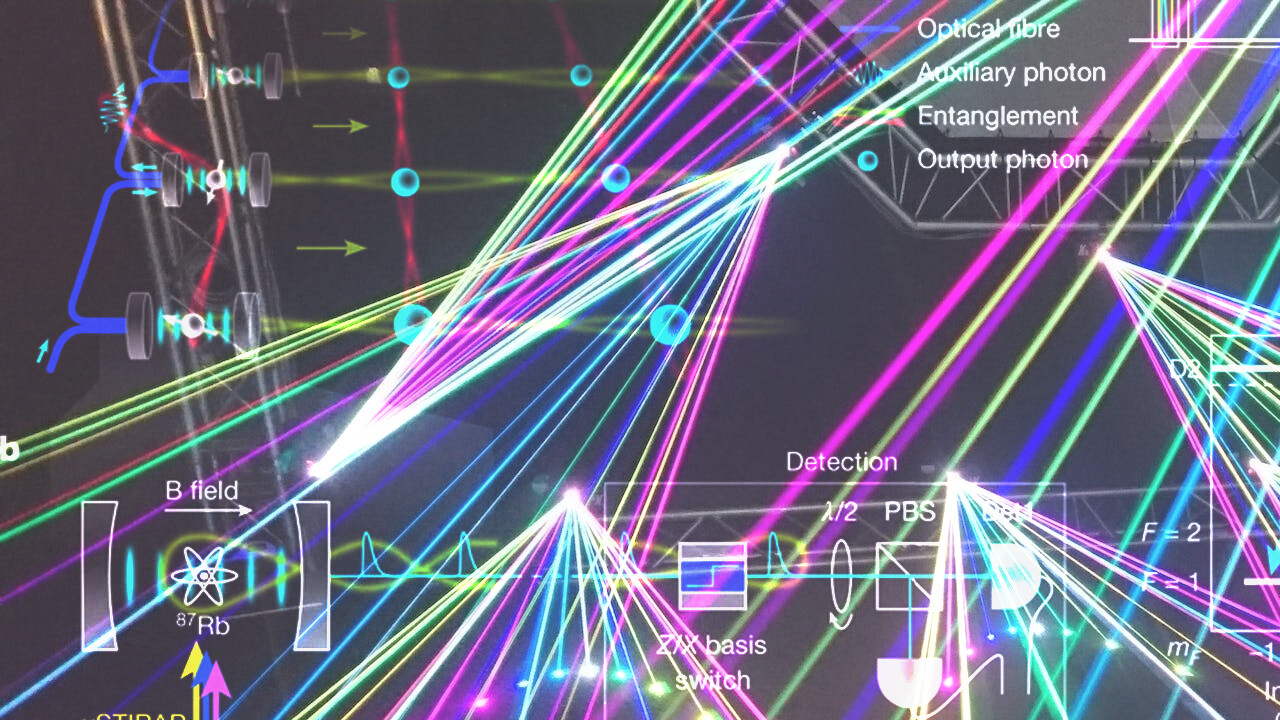
According to the researchers, this technique for generating stable qubits could
have massive implications for the entire field of quantum computing, but
especially for scalability and noise-reduction: At this stage, our system faces
mostly technical limitations, such as optical losses, finite cooperativity and
imperfect Raman pulses. Even modest improvements in these respects would put us
within reach of loss and fault tolerance thresholds for quantum error
correction. It’ll take some time to see how well this experimental generation of
qubits translates into an actual computation device, but there’s plenty of
reason to be optimistic. There are numerous different methods by which qubits
can be made, and each lends to its own unique machine architecture. The upside
here is that the scientists were able to generate their results with a single
atom. This indicates that the technique would be useful outside of computing.
If, for example, it could be developed into a two-atom system, it could lead to
a novel method for secure quantum communication.
Organizations security: Highlighting the importance of compliant data
When choosing a web data collection platform or network, it’s important that
security professionals use a compliance-driven service provider to safeguard the
integrity of their network and operations. Compliant data collection networks
ensure that security operators have a safe and suitable environment in which to
perform their work without being compromised by potential bad actors using the
same network or proxy infrastructure. These data providers institute extensive
and multifaceted compliance processes that include a number of internal as well
as external procedures and safeguards, such as manual reviews and third-party
audits, to identify non-compliant active patterns and ensure that all use of the
network follows the overall compliance guidelines. This of course also includes
abiding by the data gathering guidelines established by international
regulators, such as the European Union and the US State of California, as well
as enforcing others who follow public web scraping best practices for compliant
and reliable web data scraping or collection.
TensorFlow, PyTorch, and JAX: Choosing a deep learning framework
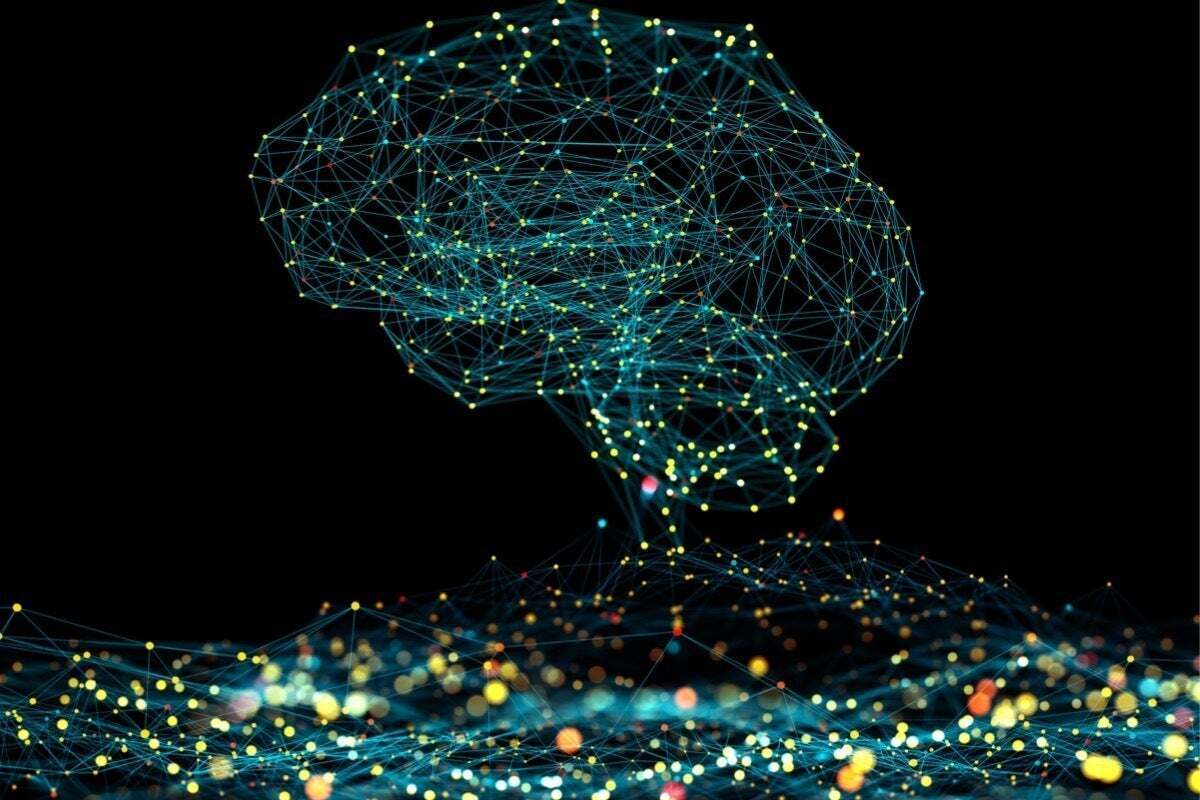
It’s not like TensorFlow has stood still for all that time. TensorFlow 1.x was
all about building static graphs in a very un-Python manner, but with the
TensorFlow 2.x line, you can also build models using the “eager” mode for
immediate evaluation of operations, making things feel a lot more like PyTorch.
At the high level, TensorFlow gives you Keras for easier development, and at the
low-level, it gives you the XLA optimizing compiler for speed. XLA works
wonders for increasing performance on GPUs, and it’s the primary method of
tapping the power of Google’s TPUs (Tensor Processing Units), which deliver
unparalleled performance for training models at massive scales. Then there are
all the things that TensorFlow has been doing well for years. Do you need to
serve models in a well-defined and repeatable manner on a mature platform?
TensorFlow Serving is there for you. Do you need to retarget your model
deployments for the web, or for low-power compute such as smartphones, or for
resource-constrained devices like IoT things? TensorFlow.js and TensorFlow Lite
are both very mature at this point.
IoT Will Power Itself – Power Electronics News

Energy harvesting is nothing new, with solar power being one of the most famous
examples. Solar energy works well for powering parking meters, but if we’re
going to bring online the packaging and containers that are at the heart of our
supply chains—things that are indoors and stacked on top of each other—we need
another solution. The technology that gives mundane things like transporting
cash registers both their intelligence and energy-harvesting power are small,
inexpensive, brand-size computers printed as stickers and affixed to cash
registers, sweater tags, vaccine vials, or other items racing in the global
supply chain. These sticker tags, called IoT Pixels, include an ARM processor, a
Bluetooth radio, sensors, and a security module — basically a complete
system-on-a-chip (SoC). All that remains is to power this tiny SoC in the most
efficient and economical way possible. It turns out that as wireless networks
permeate our lives and radio frequency (RF) activity is everywhere, the prospect
of recycling that RF activity into energy is the most practical and ubiquitous
solution.
CoAuthor: Stanford experiments with human-AI collaborative writing

CoAuthor is based on GPT-3, one of the recent large language models from OpenAI,
trained on a massive collection of already-written text on the internet. It
would be a tall order to think a model based on existing text might be capable
of creating something original, but Lee and her collaborators wanted to see how
it can nudge writers to deviate from their routines—to go beyond their comfort
zone (e.g., vocabularies that they use daily)—to write something that they would
not have written otherwise. They also wanted to understand the impact such
collaborations have on a writer’s personal sense of accomplishment and
ownership. “We want to see if AI can help humans achieve the intangible
qualities of great writing,” Lee says. Machines are good at doing search and
retrieval and spotting connections. Humans are good at spotting creativity. If
you think this article is written well, it is because of the human author, not
in spite of it. ... The goal, Lee says, was not to build a system that can make
humans write better and faster. Instead, it was to investigate the potential of
recent large language models to aid in the writing process and see where they
succeed and fail.
LastPass source code breach – do we still recommend password managers?

The breach itself actually happened two weeks before that, the company said, and
involved attackers getting into the system where LastPass keeps the source code
of its software. From there, LastPass reported, the attackers “took portions of
source code and some proprietary LastPass technical information.” We didn’t
write this incident up last week, because there didn’t seem to be a lot that we
could add to the LastPass incident report – the crooks rifled through their
proprietary source code and intellectual property, but apparently didn’t get at
any customer or employee data. In other words, we saw this as a deeply
embarrassing PR issue for LastPass itself, given that the whole purpose of the
company’s own product is to help customers keep their online accounts to
themselves, but not as an incident that directly put customers’ online accounts
at risk. However, over the past weekend we’ve had several worried enquiries from
readers (and we’ve seen some misleading advice on social media), so we thought
we’d look at the main questions that we’ve received so far.
FBI issues alert over cybercriminal exploits targeting DeFi

The FBI observed cybercriminals exploiting vulnerabilities in smart contracts
that govern DeFi platforms in order to steal investors’ cryptocurrency. In a
specific example, the FBI mentioned cases where hackers used a “signature
verification vulnerability” to plunder $321 million from the Wormhole token
bridge back in February. It also mentioned a flash loan attack that was used to
trigger an exploit in the Solana DeFi protocol Nirvana in July. However, that’s
just a drop in a vast ocean. According to an analysis from blockchain security
firm CertiK, since the start of the year, over $1.6 billion has been exploited
from the DeFi space, surpassing the total amount stolen in 2020 and 2021
combined. While the FBI admitted that “all investment involves some risk,” the
agency has recommended that investors research DeFi platforms extensively before
use and, when in doubt, seek advice from a licensed financial adviser. The
agency said it was also very important that the platform's protocols are sound
and to ensure they have had one or more code audits performed by independent
auditors.
Privacy and security issues associated with facial recognition software

Facial recognition technology in surveillance has improved dramatically in
recent years, meaning it is quite easy to track a person as they move about a
city, he said. One of the privacy concerns about the power of such technology is
who has access to that information and for what purpose. Ajay Mohan, principal,
AI & analytics at Capgemini Americas, agreed with that assessment. “The big
issue is that companies already collect a tremendous amount of personal and
financial information about us [for profit-driven applications] that basically
just follows you around, even if you don’t actively approve or authorize it,”
Mohan said. “I can go from here to the grocery store, and then all of a sudden,
they have a scan of my face, and they’re able to track it to see where I’m
going.” In addition, artificial intelligence (AI) continues to push the
capabilities of facial recognition systems in terms of their performance, while
from an attacker perspective, there is emerging research leveraging AI to create
facial “master keys,” that is, AI generation of a face that matches many
different faces, through the use of what’s called Generative Adversarial Network
techniques, according to Lewis.
Quote for the day:
"If you don't demonstrate leadership
character, your skills and your results will be discounted, if not dismissed."
-- Mark Miller



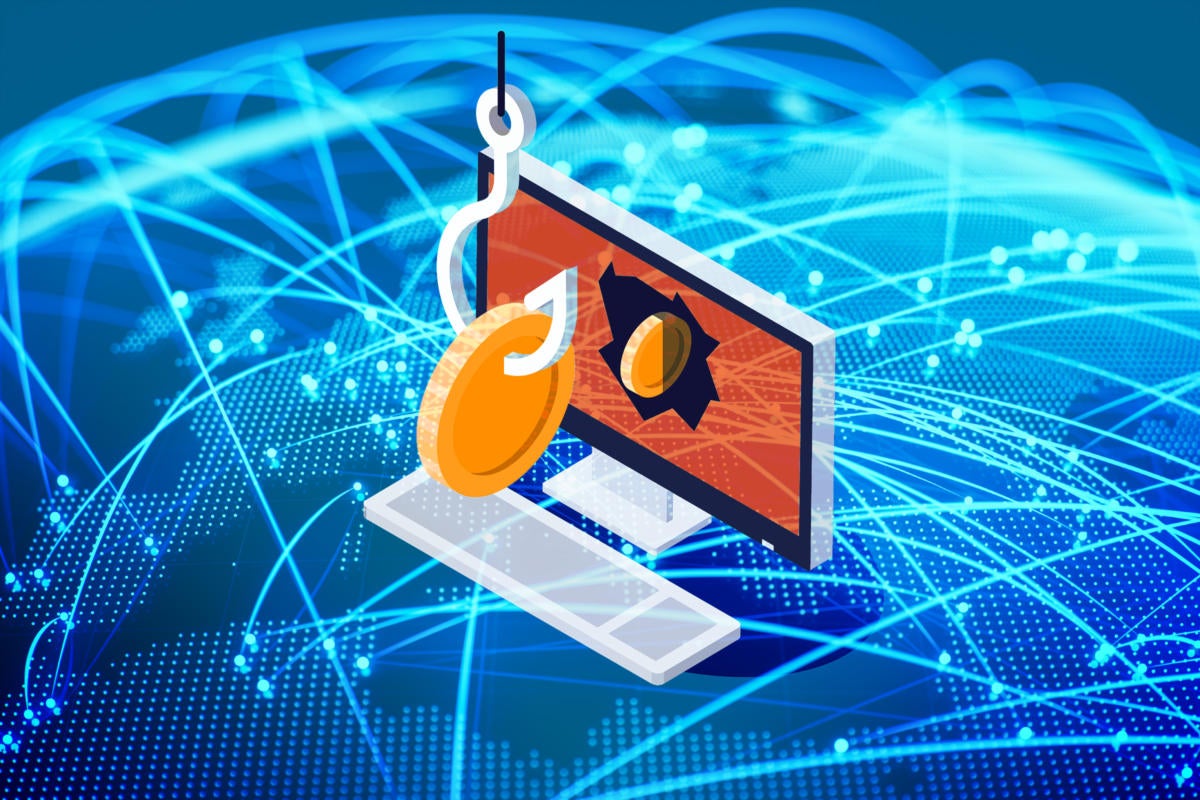





:quality(70)/cloudfront-eu-central-1.images.arcpublishing.com/thenational/VQ56ARTBSKPJ4OO3DMFY6AU3ZY.jpg)


